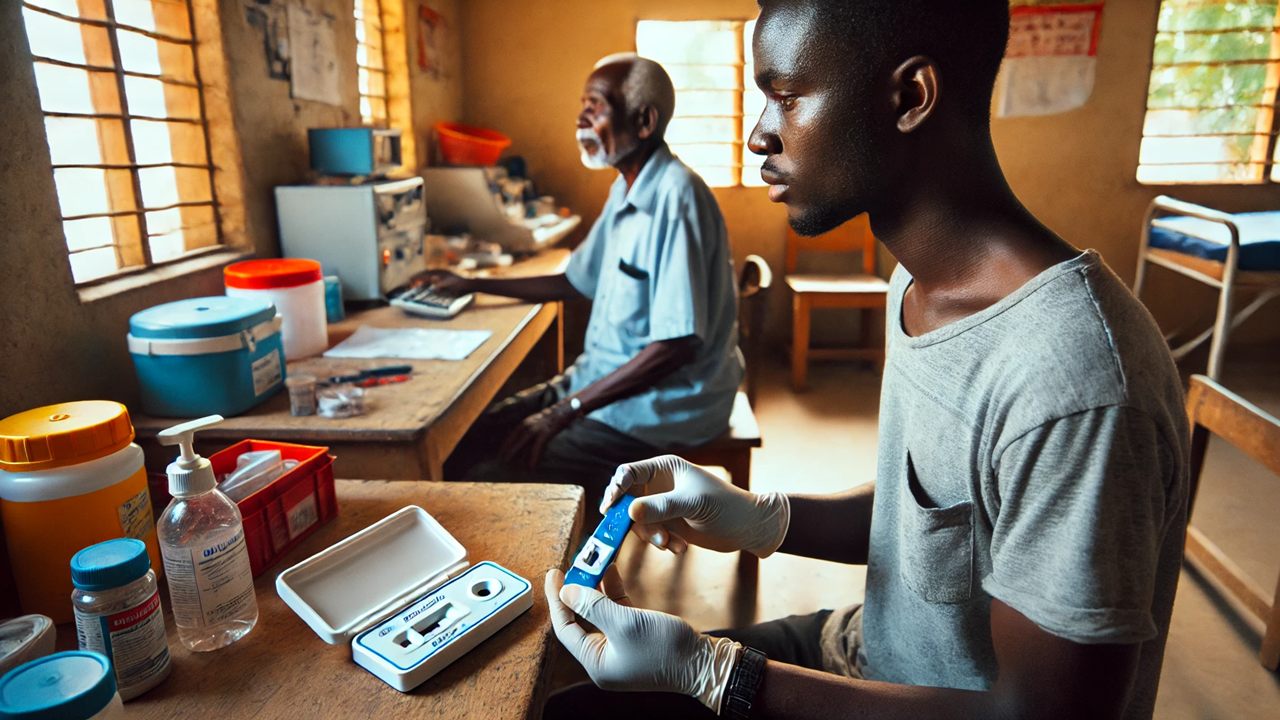Bridging the Gap: WHO's New Guidelines for Tuberculosis Diagnostics Promise Hope for Millions
The World Health Organization has updated its Target Product Profiles (TPPs) for tuberculosis diagnostics, focusing on creating accessible, affordable, and effective tools for diagnosing TB, particularly in peripheral healthcare settings. These guidelines aim to improve early detection and treatment of TB, especially drug-resistant forms, which remain a significant global health challenge.

Tuberculosis (TB) continues to be one of the world’s deadliest infectious diseases, claiming lives and challenging health systems globally. Despite significant efforts, a large gap remains between those who develop TB and those who are diagnosed and treated. The World Health Organization (WHO) has responded to this ongoing crisis with updated Target Product Profiles (TPPs) designed to revolutionize TB diagnostics, particularly for drug-resistant forms of the disease. These guidelines, aimed at improving early detection and treatment, could mark a turning point in the global fight against TB.
The Challenge of Diagnosing TB
TB affects millions of people every year, with the WHO estimating that 10.6 million individuals will develop TB in 2022. However, only 7.5 million were diagnosed, leaving a substantial number of cases undetected. This gap is particularly concerning for drug-resistant TB, which poses a significant threat to global health. Drug-resistant TB, often caused by misdiagnosis and improper treatment, requires timely and accurate detection to ensure patients receive the appropriate care.
The WHO’s new TPPs focus on addressing these critical issues. These profiles are strategic guidelines that help direct research and development efforts toward creating effective, accessible, and affordable TB diagnostic tools. By updating these TPPs, the WHO aims to enhance the global response to TB, reducing the number of missed diagnoses and improving treatment outcomes.
Innovative Diagnostics for Peripheral Settings
The updated TPPs emphasize the need for rapid diagnostic tests that can be used in decentralized healthcare settings, such as primary health clinics. The first TPP targets the development of a rapid test for detecting Mycobacterium tuberculosis at the peripheral level. The goal is to create a test that can be administered by community health workers or even lay caregivers, requiring minimal technical skills. This would enable patients to be diagnosed and start treatment during a single clinical encounter, a critical factor in preventing the spread of TB and ensuring timely care.
These tests should also be affordable, with the WHO suggesting a price range of USD 2-4 per test for point-of-care settings. The flexibility of the TPP allows for various technologies, including both sputum-based and non-sputum-based tests, providing multiple avenues for innovation. This adaptability is essential, as different regions may require different testing methods depending on local healthcare infrastructure and patient needs.
Tackling Drug-Resistant TB
In addition to improving the diagnosis of TB, the WHO has also updated its TPP for next-generation drug-susceptibility testing (DST). This profile focuses on tests that can detect resistance to key TB drugs at the peripheral level, which is crucial for determining the appropriate treatment regimen. The TPP prioritizes the detection of resistance to first-line drugs like rifampicin and isoniazid, as well as newer drugs like bedaquiline.
Drug-resistant TB remains a significant challenge, with patients requiring more complex and prolonged treatment. By ensuring that drug resistance is accurately detected at the earliest stages, healthcare providers can tailor treatment plans more effectively, improving patient outcomes and reducing the spread of resistant strains.
A Collaborative Effort for a Global Impact
The development of these TPPs was a collaborative effort, involving TB experts, civil society representatives, and diagnostics manufacturers. This inclusive process ensured that the profiles reflect the needs and realities of those on the front lines of the TB fight. The TPPs were also informed by a modeling exercise that evaluated diagnostic accuracy and pricing strategies, ensuring that the guidelines are both scientifically sound and economically feasible.
The WHO’s updated TPPs align with its broader strategic goals, including the End TB Strategy (2016-2035) and the Triple Billion targets. These profiles are not just technical documents; they are a call to action for stakeholders across the healthcare spectrum. By following these guidelines, diagnostics developers can create tools that are not only effective but also accessible to those who need them most.
The WHO’s updated Target Product Profiles for TB diagnostics represent a significant step forward in the global fight against tuberculosis. By focusing on accessibility, affordability, and accuracy, these guidelines have the potential to close the diagnostic gap and improve treatment outcomes for millions of people. As the world continues to grapple with TB, these innovative tools and strategies offer a beacon of hope, promising a future where TB is no longer a death sentence but a disease that can be effectively managed and eventually eradicated.
- FIRST PUBLISHED IN:
- Devdiscourse
ALSO READ
Economic Boosts and Public Health Risks: The Dual Impact of Rohingya Refugees on Bangladesh
Guiding the Response: A New Framework for Monitoring Public Health Measures During Health Crises
Assam Government Mandates Immediate Security Measures for Healthcare Professionals
Nigeria’s Battle to Provide Basic Education and Healthcare: A Call for Urgent Reforms
FAIMA Protests for Justice and Safety of Healthcare Workers










